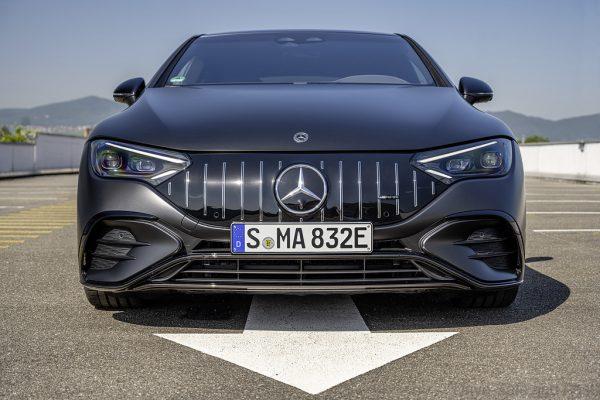Here’s how the Mercedes-Benz grille has changed with the times.
Automotive design has come a long way over the last 100+ years and Mercedes-Benz has been there every step of the way, often pioneering changes. Today, most car design has sort of plateaued and car brands rely on lighting signatures and grille graphics to convey the identity of the vehicle. For some brands, like Mercedes-Benz, the grille has always been a huge part of the car design. But believe it or not, the first Benz’s grilles were all about function over form.
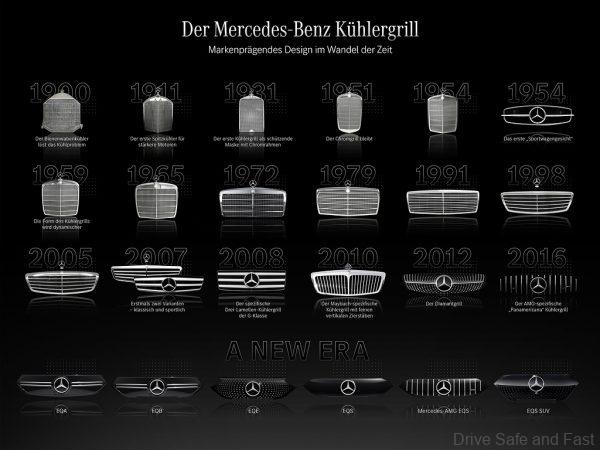
Back in 1897, Maybach came up with a tubular radiator. In 1900 Wilhelm Maybach fitted a honeycomb radiator to the Mercedes 35 PS and that solved the cooling issues of the internal combustion engine. This started the trend in automotive design to have the radiator sit right in front of the vehicle in an upright fashion, but they all more or less looked the same except when coachbuilders got their hands on them.

The honeycomb radiator had 8000 small pipes allowing for a larger surface area and better overall cooling. This helped cut down the amount of water needed to cool the engine by more than half.
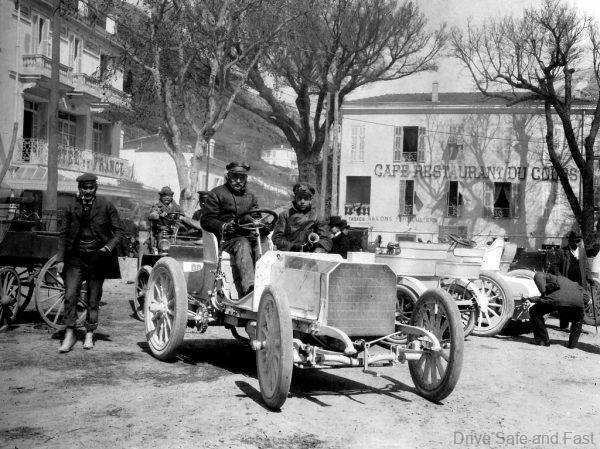
The distinctive middle fold was added to Mercedes radiator grilles in 1911, which increased the cooling surface further. But this design was reserved for larger models with more powerful engines.
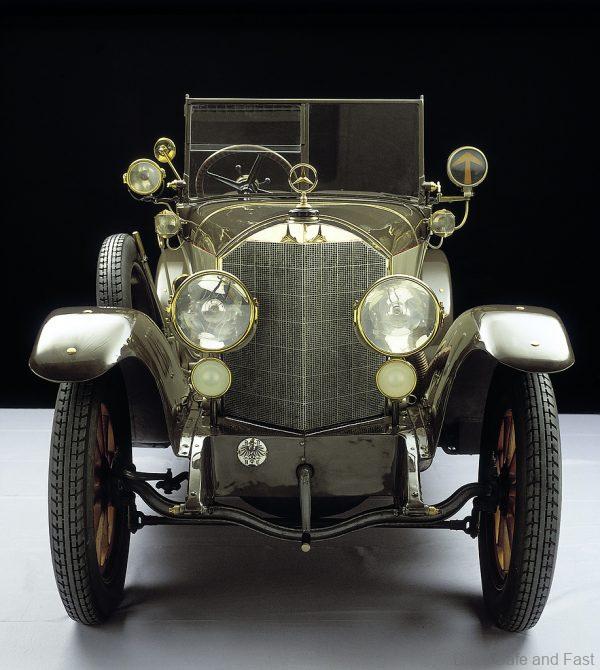
A significant change occurred in 1931 with the Mercedes-Benz 170 (Typ W 15) as the radiator was now mounted behind a grille. The grille was now a part of the bonnet and was designed separately with a more rounded and rectangular form, still taking inspiration from the familiar look of the radiator. It got a wide chrome frame too. The now-iconic 3-pointed star was featured twice, once as a badge and once more as a hood ornament. The honeycomb pattern now protected the actual radiator from dirt and debris while also having an aesthetic purpose. In addition, it was slightly angled rearwards and tapered as well.
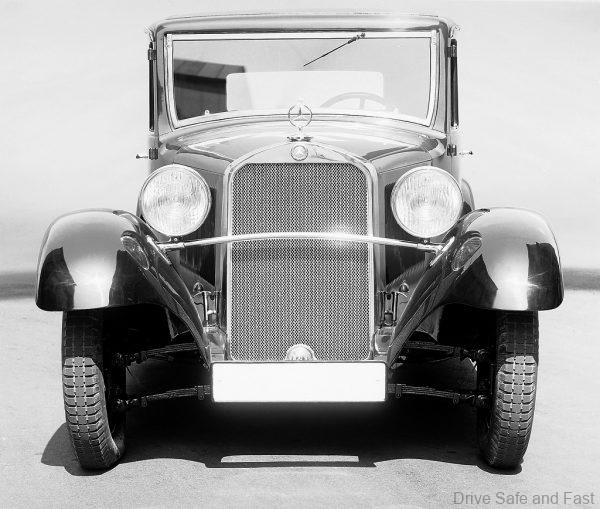
Throughout the decades, the chrome grille continued to be the most distinguishing Mercedes-Benz feature. It grew wider and shorter but remained a symbol of power and presence. Over time, it was redesigned to accommodate trends in aerodynamics.
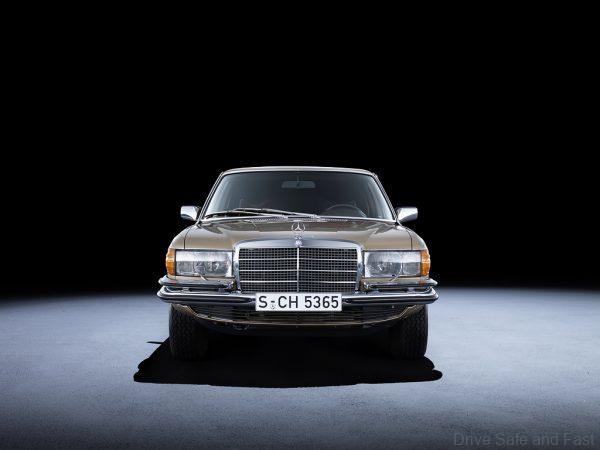
To distinguish the sport side of the Mercedes-Benz brand, a separate ‘Sports car face’ was created in the 1950s for the 300 SL Gullwing and 190 SL roadster. This consisted of a three-pointed star flanked by horizontal chrome fins against a wide, shallow radiator opening. Today, the themes from this alternative grille are present on the more youthful and dynamic models and trim lines.
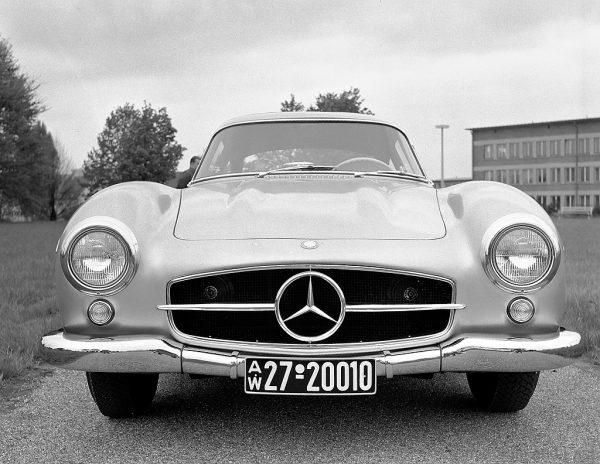
In 2007, the W204 C-Class became the first Mercedes-Benz model to allow for the customer to choose between a sporty or classic look to the front grille. Those who wanted the more traditional luxurious look of a chrome grille could get the C-Class in Classic or Elegance trim packages. While those who wanted a more dynamic looking car could get the Avantgarde trim.
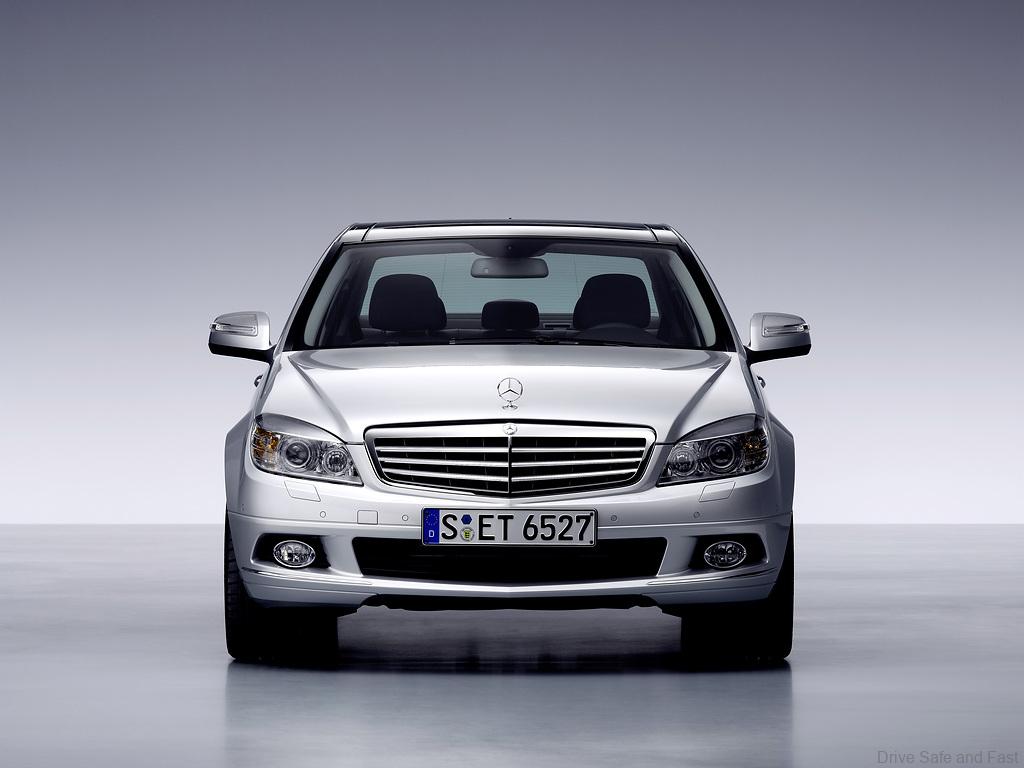
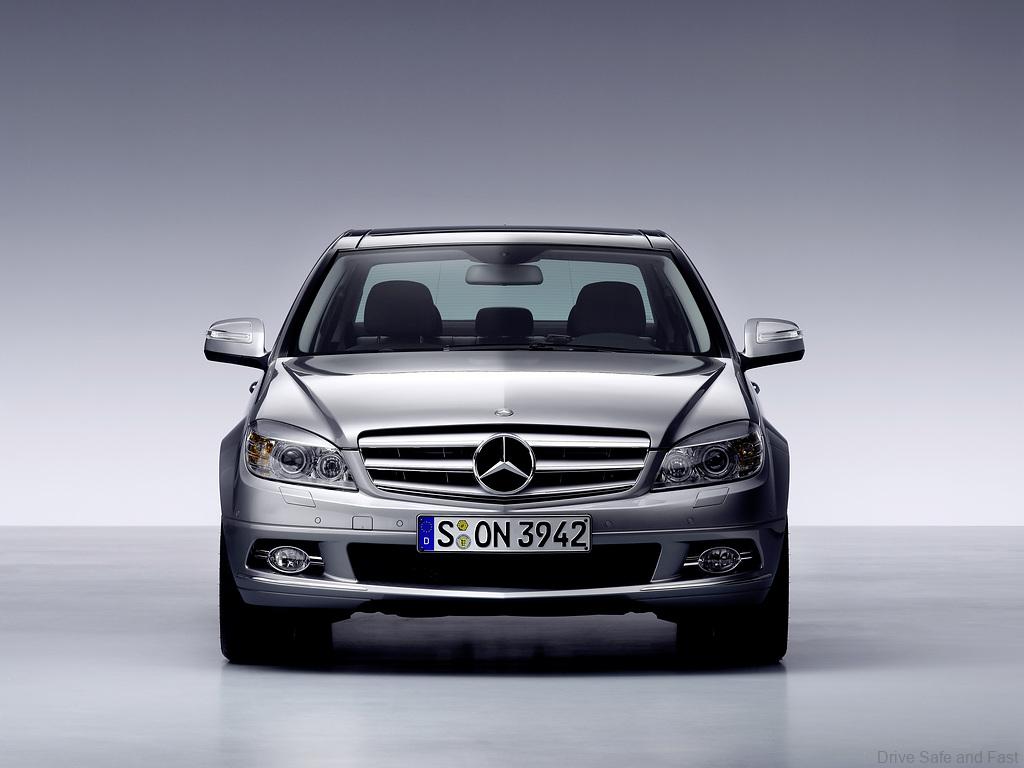
Mercedes also introduced the Panamericana grille for AMG cars, which take inspiration from the 1952 Mexican road race. The G-Class and the Maybach brands too have their own variations on the grille.
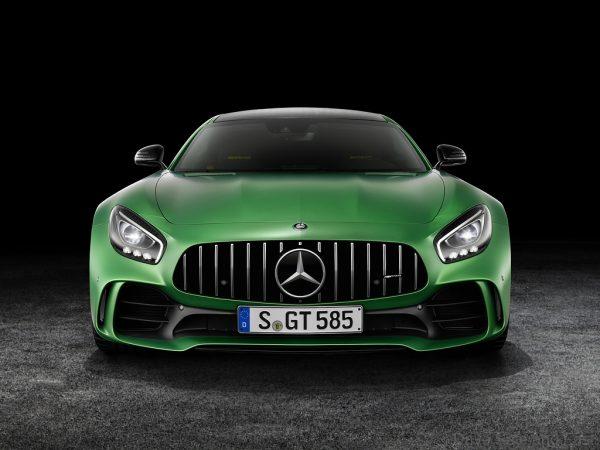
Today though, things are changing at Mercedes-Benz. The company has more or less committed to going fully electric where markets permit. So the new Mercedes-Benz or rather Mercedes-EQ grilles will come with a Black Panel instead of a traditional grille. The Black Panel still features the central star, but now instead of hiding the vehicle’s cooling systems, it is used to house the vehicle’s sensors and integrates lighting signatures. The sensors embedded within the Black Panel include ultrasound, cameras, radar and LIDAR too.
